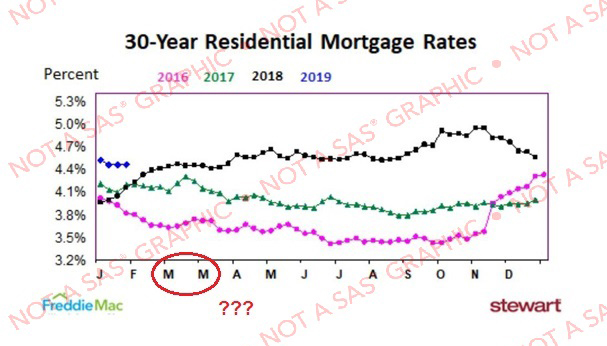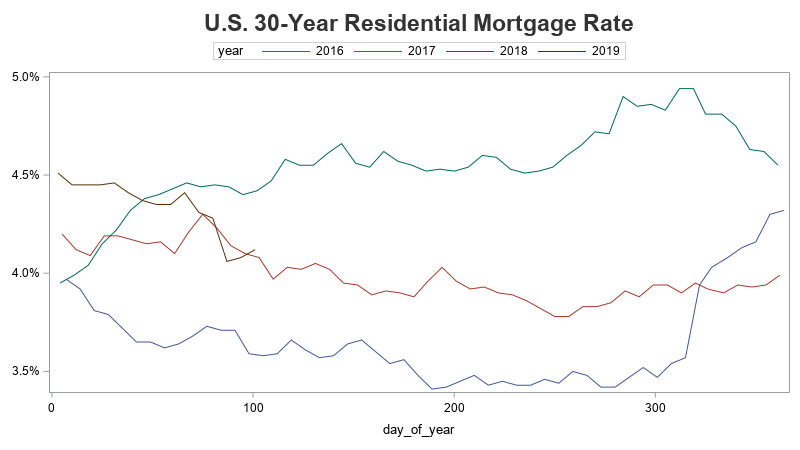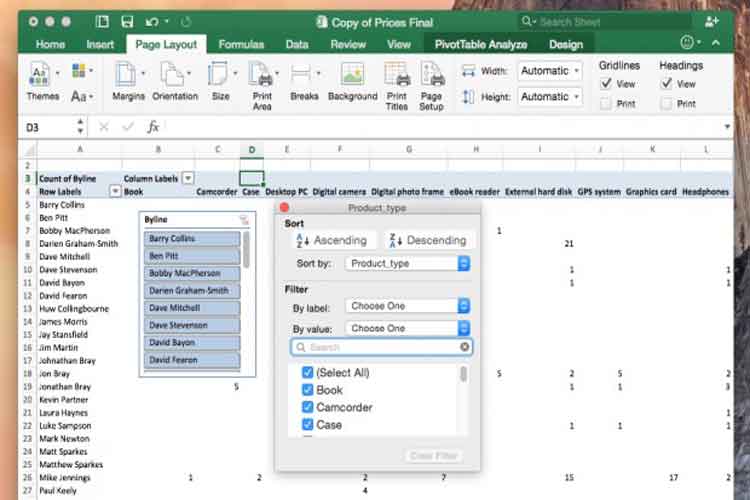
- #Months for x axis in excel mac how to#
- #Months for x axis in excel mac series#
- #Months for x axis in excel mac download#
- #Months for x axis in excel mac free#
- #Months for x axis in excel mac mac#
Here you can easily change which date the x-axis begins with and ends with, it also allows you to specify the interval.Ĭhange Major Units from 7 to 1 and also change Days to Months. ĭouble press with left mouse button on with left mouse button on the dates right below the chart x-axis to open the Format Axis Task Pane. The line chart x-axis shows dates with seven days interval to the next tick mark beginning with. The chart shown below is the default chart Excel creates when you insert a line chart. Then press with left mouse button on the "Insert" tab on the ribbon, press with left mouse button on the "Line" chart button and a line chart instantly appears. To insert a line chart simply select the values you want to use, I am using the values shown in the image to the right.
#Months for x axis in excel mac series#
You will need an additional series and a secondary axis to accomplish this.
#Months for x axis in excel mac how to#
This tutorial demonstrates in great detail how to position month and year values between chart tick marks. The picture above shows a line chart with month and year labels between tick marks instead of date values below each tick mark. If you don’t need them to interpret the data, kick them to the curb.Author: Oscar Cronquist Article last updated on June 11, 2018 I changed the series color to green, thinned out the secondary axis, and ditched the decimal places. In the Format Data Series dialog, choose Axis > Secondary axis. Then select the series again like you did before (it doesn’t stay selected for maximum frustration value) and press Command-1 to pull up your formatting options. Then click OK.Ģ011 (Mac): With the Conversion Rate series selected, choose Charts tab > Change Series Chart Type > Line > 2-D Line > Line. And put it in a secondary axis by selecting that option. Then, in the Change Chart Type dialog, set Conversion Rate to Line from the drop-down.
#Months for x axis in excel mac mac#
To change the chart type to a line chart, I’ll break out the processes for 20 separately since the steps for the Mac are so different.Ģ013 (PC): With the Conversion Rate series selected, choose Design tab > Type > Change Chart Type.
#Months for x axis in excel mac download#
But then, all you have to do if you’re following along with the download is: with the chart selected, choose the new series by going to Chart Tools > Format tab > Current Selection > Series “Conversion Rate” (2011: Charts tab > Format tab > Current Selection > Series “Conversion Rate). It won’t look amazing because we’re pasting in a value that’s less than one.

One super cool trick to adding a new data series to a chart you’ve already created is to just select the column, copy it, select the entire chart (you’ll see the whole chart outlined), and then paste it in. I changed the Revenue series back to a column chart to decrease chart junk. Let’s say we want to also add conversion rate to the chart. With my dataset, I’m just going to select the Visits and Revenue columns since I have an extra column for conversion rate.Ĭlick for larger image Adding A Secondary Axis Step 2: Click any cell inside your dataset and go to Insert > Charts > Insert Column Charts > Clustered Column (in 2013 on the PC) or Charts > Column > Clustered Column (in 2011 on Mac).

(I also always format my data as a table.) Step 1: Have a dataset with at least the two values you want to chart.
#Months for x axis in excel mac free#
If you’d like to follow along, feel free to download the Excel doc I pulled all my screenshots from.

Some classic metrics I use frequently in combination charts are: The reason is that they give you the ability to demonstrate data trends visually. It’s embarrassing to admit this now, but I had no idea how to do that - or that you even could combine totally different metrics like that. (Disclosure: I am not affiliated with MarketMotive in any way.) When I took MarketMotive’s analytics certification course, in my dissertation, Google Analytics evangelist Avinash Kaushik asked me why I didn’t show visits and bounce rate together in the same chart. The first skill we’re going to focus on to that end is how to create a combination chart.

(Editor’s note: This popular series continues on Marketing Land with Creating Sexy Charts In Excel!) Why Use Combination Charts? It’s going to be a long series - but by the time we’re finished, you’ll be able to create dashboards that excel in both form and function. I’m starting a series on dashboards because I think creating sexy dashboards is a critical skill every marketer needs to know.


 0 kommentar(er)
0 kommentar(er)
